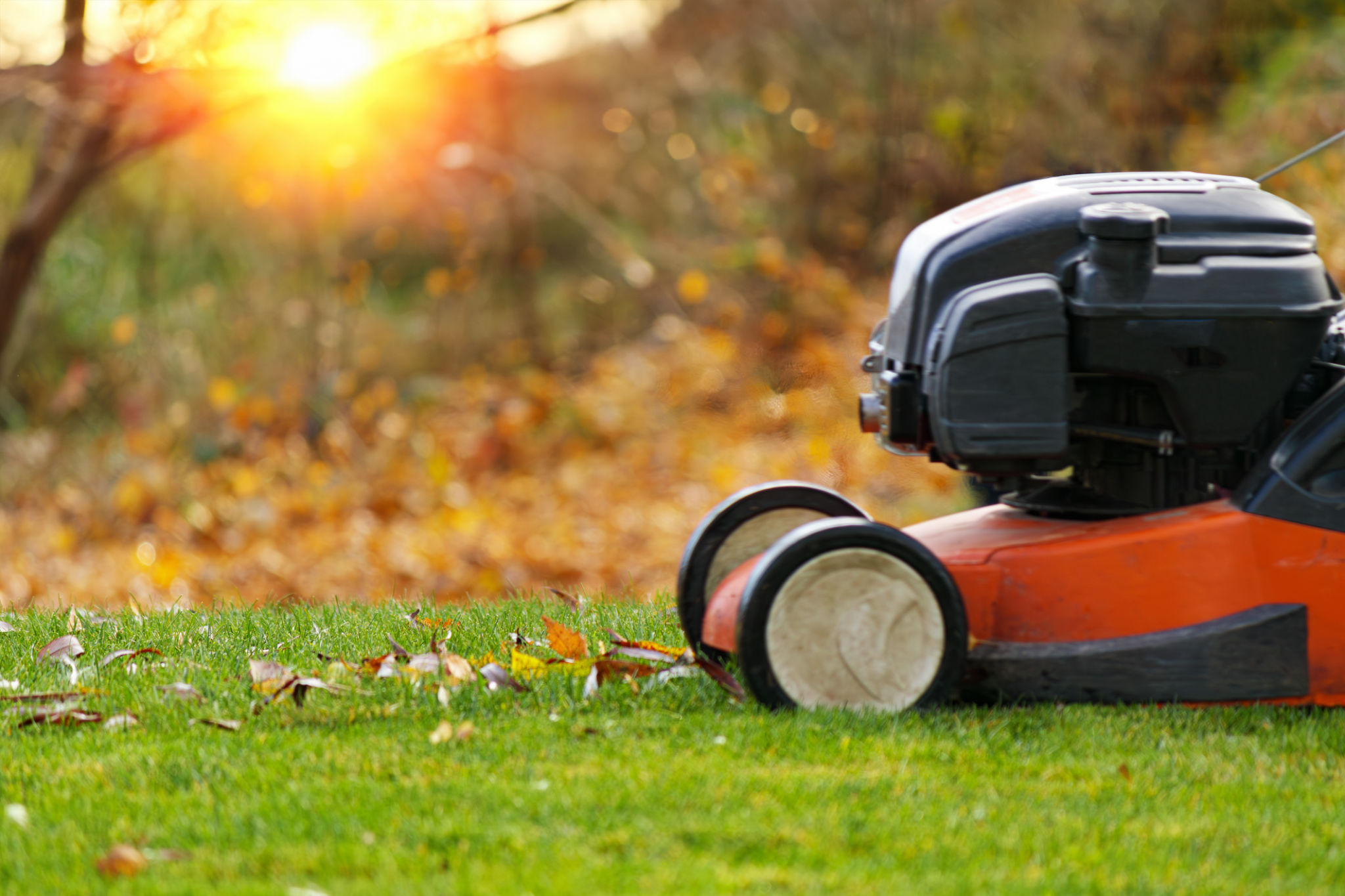Common Lawn Care Mistakes and How to Avoid Them
Overwatering or Underwatering
One of the most common lawn care mistakes is improper watering. Both overwatering and underwatering can cause significant damage to your lawn. Overwatering can lead to root rot and fungal diseases, while underwatering can cause the grass to become dry and brittle.
To avoid this, establish a consistent watering schedule. Typically, lawns require about 1 to 1.5 inches of water per week, including rainfall. Use a rain gauge to monitor rainfall and adjust your watering schedule accordingly.

Incorrect Mowing Practices
Mowing Too Short
Mowing your lawn too short can stress the grass and make it more susceptible to weeds and diseases. This practice, known as "scalping," removes too much of the grass blade, which is essential for photosynthesis and healthy growth.
To avoid this mistake, set your mower blade to the correct height for your grass type. Most lawns should be mowed to a height of 2.5 to 3 inches. This height allows the grass to develop a strong root system and better withstand drought and pests.
Using Dull Mower Blades
Using dull mower blades can tear the grass instead of cutting it cleanly, leading to ragged edges that can turn brown and increase the risk of disease. Always ensure your mower blades are sharp and in good condition.

Ignoring Soil Health
Healthy soil is the foundation of a healthy lawn. Ignoring soil health can lead to poor grass growth and increased susceptibility to pests and diseases. Conducting a soil test can help you understand the pH and nutrient levels of your soil.
Based on the results, you can amend your soil with the necessary nutrients and adjust the pH levels to create an optimal growing environment for your grass. Regularly aerating your lawn can also improve soil health by allowing air, water, and nutrients to penetrate the soil more effectively.
Improper Fertilization
Fertilizing your lawn is essential for providing the nutrients it needs to thrive. However, applying too much or too little fertilizer can cause more harm than good. Over-fertilization can lead to excessive growth and increased susceptibility to disease, while under-fertilization can result in weak, thin grass.
To avoid this mistake, follow the recommended fertilization schedule for your grass type and climate. Use a slow-release fertilizer to provide a steady supply of nutrients over time, and always read and follow the manufacturer's instructions.

Neglecting Weed Control
Weeds can quickly take over a lawn if not properly managed. Neglecting weed control can lead to a patchy, unhealthy lawn and increased competition for nutrients and water. Implement a proactive weed control strategy by using pre-emergent herbicides in the spring and post-emergent herbicides as needed throughout the growing season.
Additionally, maintaining a thick, healthy lawn through proper mowing, watering, and fertilization can help prevent weeds from taking root in the first place.
Not Addressing Pest Issues
Pests such as grubs, chinch bugs, and armyworms can cause significant damage to your lawn if left unchecked. Regularly inspect your lawn for signs of pest activity, such as brown patches, wilting, or chewed grass blades.
If you notice any signs of pest infestation, take action immediately by using appropriate pest control methods. This may include applying insecticides or introducing beneficial organisms such as nematodes to control the pest population.

Overlooking Seasonal Lawn Care
Seasonal lawn care is crucial for maintaining a healthy lawn year-round. Different seasons require different care practices, such as overseeding in the fall, dethatching in the spring, and adjusting your mowing height during the summer.
By staying on top of seasonal lawn care tasks, you can ensure that your lawn remains healthy and resilient throughout the year. Create a lawn care calendar to help you keep track of important tasks and stay organized.
Conclusion
Maintaining a healthy, beautiful lawn requires attention to detail and avoiding common lawn care mistakes. By following proper watering, mowing, fertilization, and pest control practices, you can ensure your lawn remains lush and vibrant. Remember to prioritize soil health and stay on top of seasonal lawn care tasks to achieve the best results.